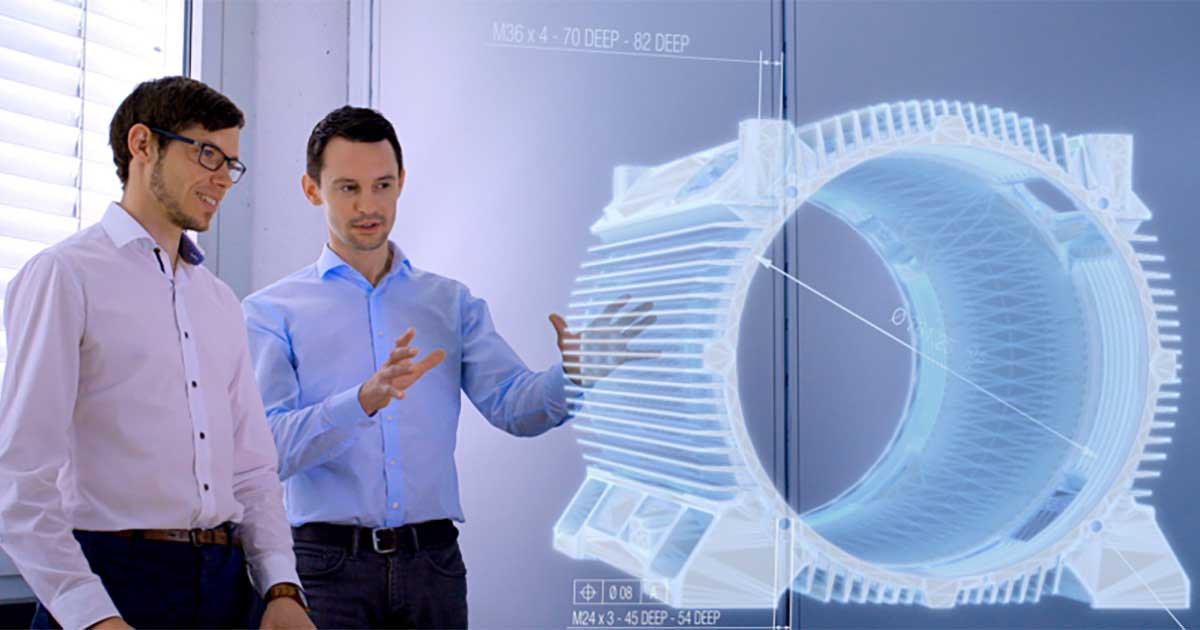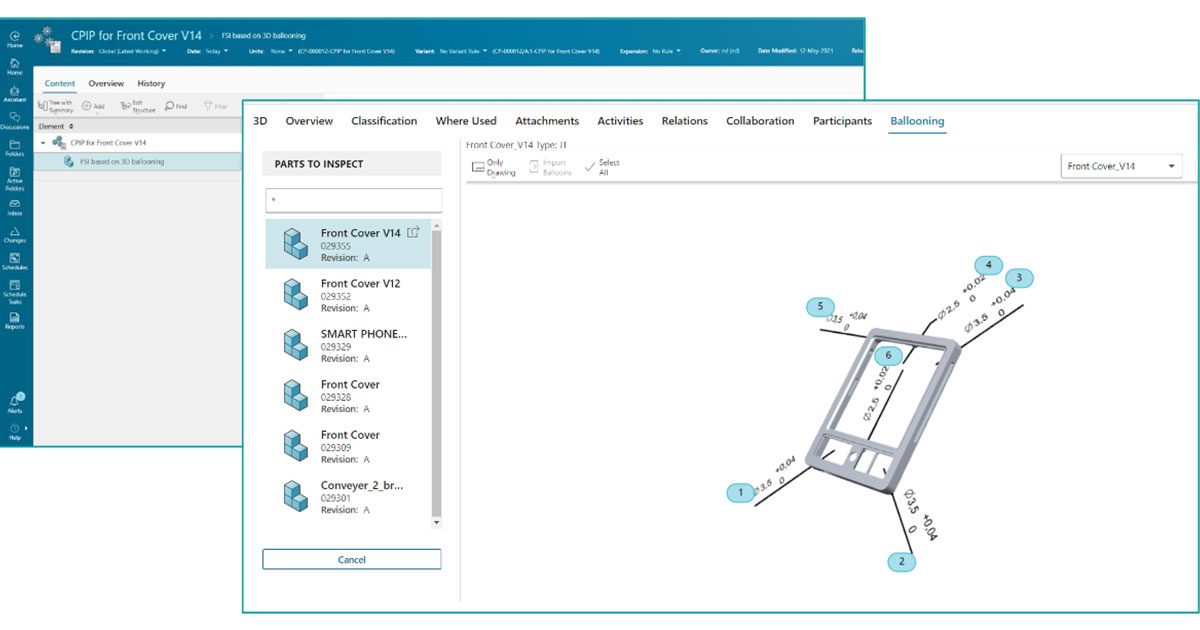Effective PMI Management with NX Hole Callouts - Part II
In our article "Effective PMI Management with NX Hole Callouts" we gave a first introduction about NX hole callouts, the associative...

Working in design engineering with NX, the solution from Siemens Digital Industries Software, provides the functionality of so called "NX hole callouts". NX hole and thread callouts are associative descriptions/labels for holes and threads. They are created from multiple parameters, derived directly from the hole feature data. The reference object for the Product Manufacturing Information (PMI) of a hole callout is the hole feature type and not its geometry.

There are five different feature types supported by NX hole callouts. It is possible to select between the following options:

Depending on the feature type there are different parameters to choose from. The table below shows the different feature types and their parameters.
|
Hole
|
Drill Size Hole
|
Screw Clearance Hole
|
Threaded Hole
|
Symbolic Thread
|
|
Pattern Feature Count
|
Pattern Feature Count
|
Pattern Feature Count
|
Pattern Feature Count
|
Pattern Feature Count
|
|
Diameter
|
Diameter
|
Screw Size
|
Thread Size
|
Callout
|
|
Depth
|
Depth
|
Diameter
|
Thread Depth
|
Length
|
|
Counter Bore Diameter
|
|
Fit
|
Depth
|
Pitch
|
|
Counter Bore Depth
|
|
Depth
|
Pitch
|
Angle
|
|
Counter Sink Diameter
|
|
Counter Bore Diameter
|
Angle
|
Minor Diameter
|
|
Counter Sink Angle
|
|
Counter Bore Depth
|
Minor Diameter
|
Major Diameter
|
|
Taper Angle
|
|
Counter Sink Diameter
|
Major Diameter
|
Tap Thrill Diameter
|
|
|
|
Counter Sink Angle
|
Tap Thrill Diameter
|
Shaft Size
|
NX hole callouts can be difficult to handle because each hole callout parameter requires an additional validation. Depending on their feature type and parameters, it is possible that you need several different inspection steps for even a single PMI hole callout. Due to this, the downstream quality processes can be error prone and slow when conducted manually.
The aim is to reduce the manual effort for the downstream quality process as far as possible. This is where BCT Inspector comes in. It automates the described process by deciding how many inspection steps are needed for each hole callout. It starts ballooning and assigns unique characteristic numbers (CN) according to the number of inspection steps.
The picture below shows how the result could look like.

By providing these functionalities, BCT Inspector helps you with ballooning all necessary information for the quality management processes. Furthermore, it offers the possibility to generate the inspection report. This way it can help you to reduce the effort put in the downstream quality management processes and improve your efficiency. BCT Inspector is also integrated in Opcenter Quality and Teamcenter Quality from Siemens Digital Industries Software, where the information from the model can be used for an effective quality management.

In our article "Effective PMI Management with NX Hole Callouts" we gave a first introduction about NX hole callouts, the associative...

Control & Inspection Planning (CP&IP) as part of quality planning is one important module of the Teamcenter Quality solution from Siemens Digital...

Manual processes are time consuming and hold the serious risk of errors. Undisputed one of them is the tracking of design changes: often a manual,...